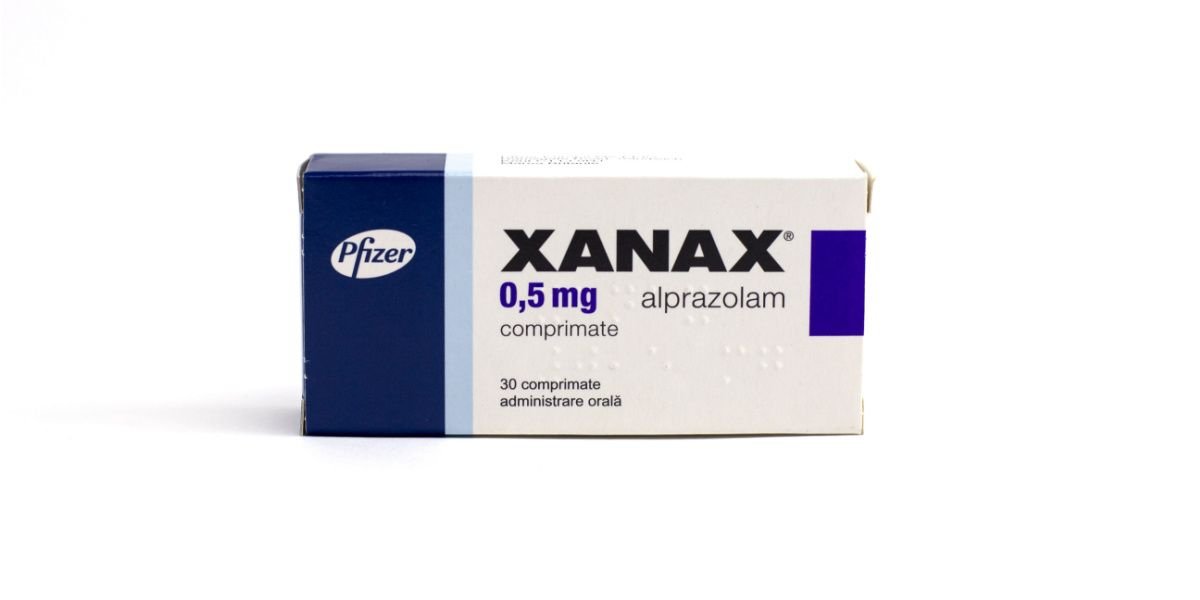Librium is a brand name for the medication chlordiazepoxide. It is a long-acting benzodiazepine, used to treat anxiety symptoms, ongoing anxiety disorders, and alcohol withdrawal. Benzodiazepines, such as Librium, can cause a risk of abuse, dependence, and addiction, and are classified as a Schedule IV controlled substance. Discontinuing Librium use can result in mild to severe withdrawal symptoms. [1]
Does Librium cause withdrawal symptoms?
Librium (chlordiazepoxide) can cause withdrawal symptoms when it is stopped or the dosage rapidly reduced. Because of this, it is recommended to take Librium for a short period and then gradually taper off the medication. [2]
Benzodiazepines, such as Librium, can cause the development of physical dependence within two weeks of continuous use. It is not recommended to take Librium long-term or, if extended use is required, a minimum therapeutic dose should be used, to help prevent the development of dependence and adverse effects. [1]
Taking Librium for a prolonged period, in large doses, or misusing the medication can increase the risk of dependence and the onset of withdrawal symptoms when stopping Librium use. Abruptly stopping Librium is likely to cause withdrawal symptoms, particularly after heavy use. [3]
Librium withdrawal symptoms
It is common to experience withdrawal symptoms when discontinuing Librium. These can range from mild to severe and may last for several weeks or months. [2]
Common Librium withdrawal symptoms
Common Librium withdrawal symptoms can include: [1][2][4][5]
- Nausea
- Vomiting
- Diarrhea
- Reduced appetite
- Headache
- Memory and concentration impairments
- Restlessness
- Irritability
- Agitation
- Anxiety
- Low mood
- Shaking
- Sweating
- Stomach cramps and pain
- Muscle aches and pains
- Tingling sensations in hands and feet
- Insomnia
- Sleep disturbances
- Twitching
- Ringing in ears (tinnitus)
- Cravings
Severe Librium withdrawal symptoms
Stopping a benzodiazepine, such as Librium, can sometimes cause severe, life-threatening, or persistent withdrawal symptoms. Severe Librium withdrawal symptoms can include: [1][4][5]
- Seizures or convulsions
- Psychosis
- Hallucinations
- Paranoia
- Derealization
- Severe depression
- Severe anxiety and panic attacks
- Suicidal ideation
- Extreme increase in blood pressure or heart rate
Librium withdrawal timeline
Librium has a long half-life of around 24-48 hours, which means that it can take several days for withdrawal symptoms to emerge following the final dose. Often, symptoms begin after 2-7 days and can continue for two or more weeks. [4][6]
Acute benzodiazepine withdrawal symptoms will often be alleviated within two weeks, although some people experience protracted withdrawal syndrome, which can last for a year or more. [2]
Individuals who have used large doses of Librium for extended periods may be likely to experience more severe and long-lasting withdrawal symptoms. Underlying physical and mental health conditions can also impact the risk and severity of withdrawal symptoms. [1][5]
Librium cessation timeline
An appropriate Librium cessation timeline will depend on the individual, the amount and duration of use, any underlying physical and mental health conditions, and the presence of any withdrawal symptoms. Individuals using large doses for prolonged periods often require a slower and more gradual taper. [7]
Typically, it is recommended to reduce the daily dose by 5-25 mg every one to four weeks, followed by smaller increments as the dose decreases. [6][7]
For example, someone taking 100mg of Librium per day may reduce their daily dose by 10mg every two weeks until reaching 20mg per day, followed by 5mg reductions to reach complete cessation. If withdrawal symptoms occur, dose reductions can be paused or slowed as necessary.
Is Librium safe to withdraw from at home?
It can be safe to withdraw from Librium at home if it has been used as prescribed and for a short time, although this should involve professional guidance and support. Individuals who have abused Librium or taken it for several months or years may require more intensive interventions to ensure their safety during the withdrawal process. [4]
It is not recommended to withdraw from Librium at home without professional advice and monitoring, as severe withdrawal symptoms can occur that require treatment. Individuals who wish to withdraw at home should do so with professional advice and should inform friends and family, who can provide support throughout the cessation process. [8]
Similarly, it is not advised to abruptly discontinue Librium use at home, as this can increase the risk of severe and life-threatening withdrawal symptoms. Dose reductions or discontinuation of Librium should only be completed with proper professional monitoring and treatment. [1]
Librium detox treatment
Librium detox treatment can be provided by outpatient services. Individuals can attend appointments with a doctor to receive medicinal and psychological support throughout the tapering and detox process. [3][6]
Alternatively, inpatient services can provide consistent monitoring and treatment of withdrawal symptoms throughout the detox process. This may be required for those with heavy and prolonged Librium use and at a high risk of severe withdrawal symptoms. [3]
During Librium detox, medications can be prescribed to help reduce the severity of withdrawal symptoms, such as insomnia, anxiety, agitation, and convulsions. This may include melatonin, antidepressants, and anticonvulsants. [3][7]
Additionally, interventions can be implemented during and following the detox process to improve recovery from dependence and addiction. This can include psychotherapy, psychosocial interventions, group support, and holistic therapies. [6][8]



